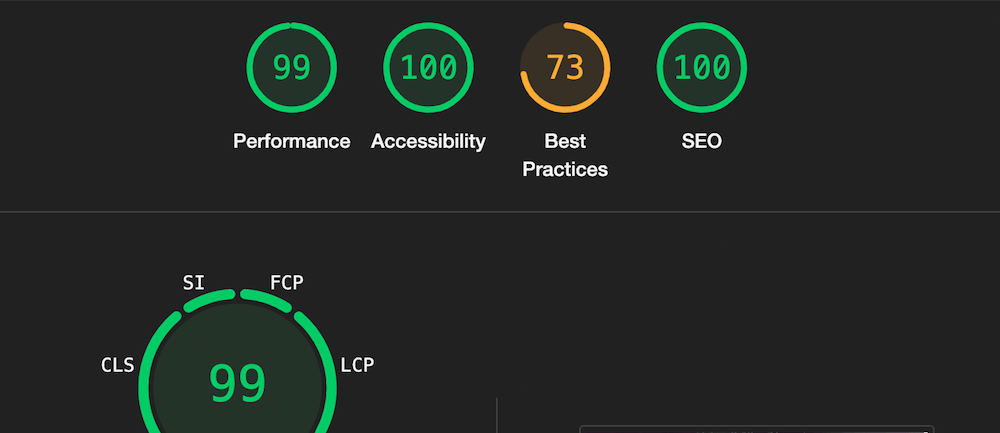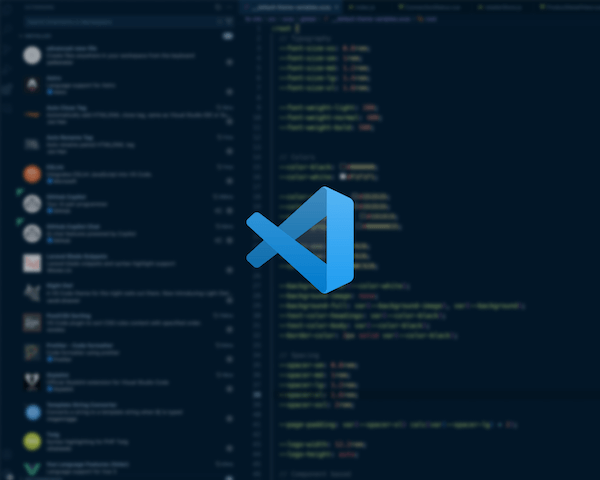
In the fast-paced world of the web, where users demand instant access to information, optimizing the performance of your website is essential. A slow-loading website not only frustrates visitors but can also impact search engine rankings. As a frontend developer, it’s crucial to prioritize and implement strategies that enhance web performance. In this post I will explore various techniques and best practices to ensure your website is lightning-fast. So let’s break some different techniques down;
Image Optimization
Images are often the largest assets on a webpage, and optimizing them can significantly reduce page load times. Consider compressing images without sacrificing quality, using modern image formats like WebP, and implementing lazy loading to defer the loading of images until they are needed.
<img src="image.jpg" loading="lazy" alt="Description">
Code Splitting
Divide your JavaScript code into smaller chunks and load only what is necessary for the current page. Code splitting ensures that users download only the code required for the specific features they are interacting with, reducing the initial load time.
Javascript
// Using dynamic import for code splitting
const module = import('./module.js');
Minification and Compression
Minify your HTML, CSS, and JavaScript files to remove unnecessary characters, spaces, and comments. Additionally, enable compression on your server to reduce the file sizes sent to the user’s browser. Gzip and Brotli are common compression methods.
Browser Caching
Utilize browser caching to store static assets (such as images, stylesheets, and scripts) locally on a user’s device. This prevents unnecessary downloads on subsequent visits, improving load times for returning visitors.
.htaccess
# Set cache expiration for one year
<FilesMatch "\.(jpg|jpeg|png|gif|js|css)$">
Header set Cache-Control "max-age=31536000, public"
</FilesMatch>
Content Delivery Network (CDN)
Implement a Content Delivery Network to distribute your website’s static assets across multiple servers worldwide. This reduces the physical distance between the user and the server, leading to faster load times, especially for users located far from your server.
Critical Path Rendering
Prioritize the rendering of above-the-fold content by identifying and loading critical styles and scripts first. Tools like Google’s PageSpeed Insights can help analyze your webpage’s critical rendering path and suggest improvements.
Remove Render-Blocking Resources
Identify and eliminate render-blocking resources that hinder the initial rendering of the webpage. This may involve deferring the loading of non-essential scripts or using the “async” attribute for asynchronous loading.
<script async src="script.js"></script>
By implementing these web performance optimization techniques, you can significantly enhance the user experience on your websites. Remember, a faster website not only satisfies users but also positively impacts your search engine rankings. Stay proactive in adopting these practices, and your frontend development projects will be known not only for their functionality but also for their exceptional speed. Happy optimizing!


